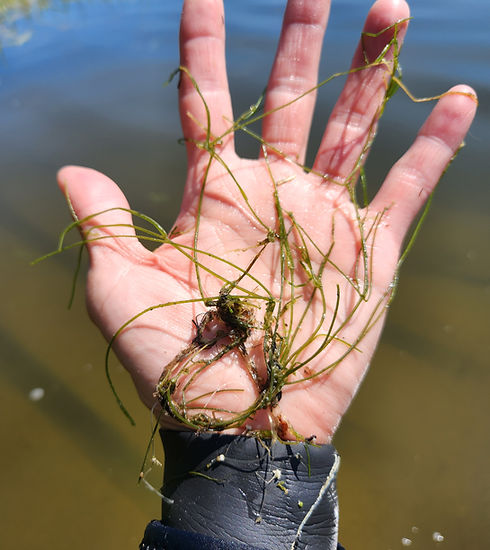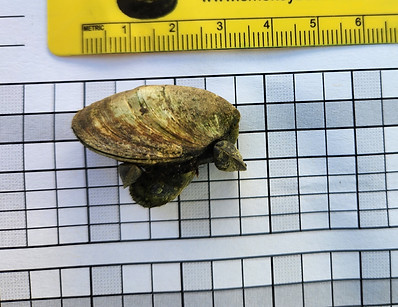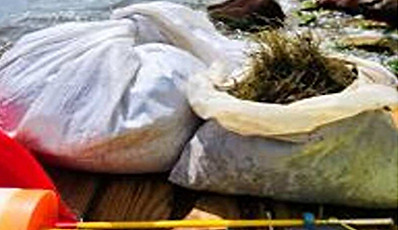Scuba Services


Early-Detection Survey
Early‑detection scuba surveys spot invasive species before they gain a foothold, letting you act while removal is still fast, affordable, and highly effective. By catching threats at the first sign, you protect native ecosystems, avoid costly full‑scale infestations, and safeguard recreation, fisheries, and infrastructure—saving time, money, and the water you rely on.
This survey is most effective in mid to late summer for better detection of invasives. A floating GPS tracks the diver’s path as we focus on a target species while also watching for other invasive plants and animals. We search both the designated area and its perimeter for a thorough assessment.
View an AIS Scuba Report.
Invasive Plant Hand Removal
With specialized training in aquatic plant identification and handling, this service ensures careful, accurate removal of invasive species by hand while scuba diving. Each plant is extracted at the "root" to prevent fragmentation and lessen regrowth and further spreading—issues common with raking or careless removal. A solid understanding of native versus invasive species promotes better protection of beneficial plants and supports the long-term health of the ecosystem. This method is especially effective in smaller, new-growth areas where accuracy matters.
View an AIS Hand Removal Report.




Sample Collection
Scuba diving services are available for scientific sample collection, including zebra mussels, invasive plant fragments, and other aquatic organisms. This method allows for targeted, precise sampling in hard-to-reach or submerged areas—ideal for monitoring treatment effectiveness over time or supporting ongoing research. All collection is done with care to preserve sample integrity and minimize disturbance to the surrounding environment.